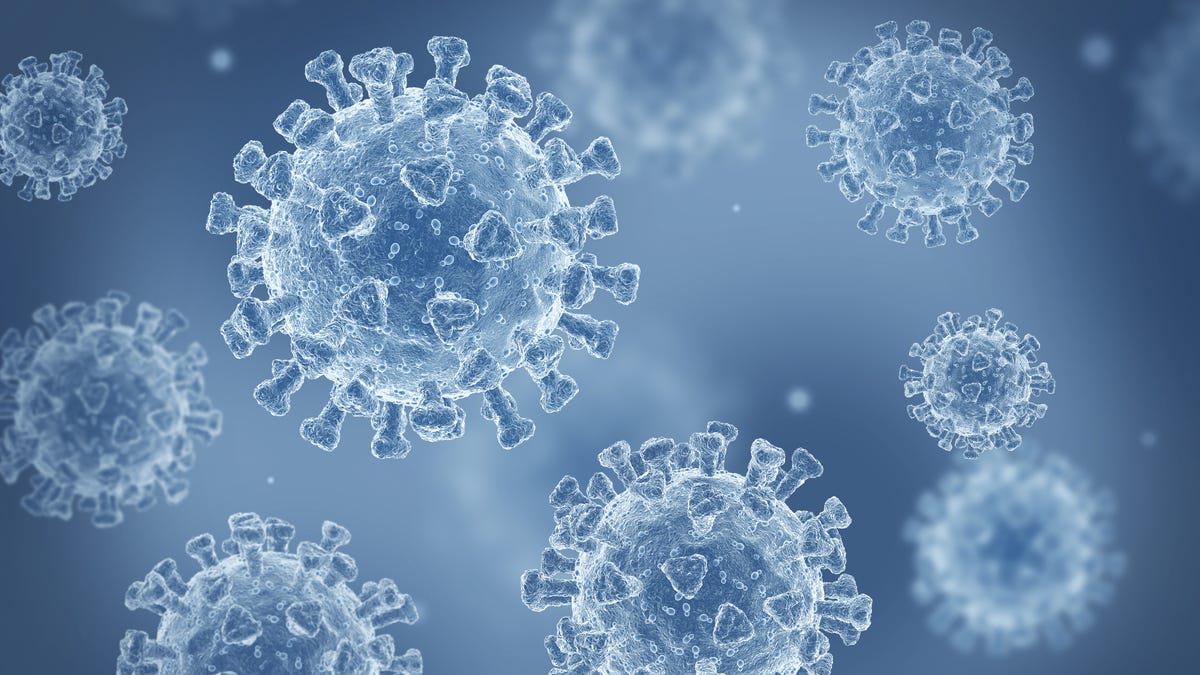COVID-19 Levels Remain ‘Very High’ Across the US: Latest Data Insights
Recent CDC findings reveal that almost half of the US states show ‘very high’ wastewater levels of COVID-19.
According to the latest report from the Centers for Disease Control and Prevention (CDC), nearly half of the states in the United States recorded “very high” COVID-19 activity levels last month.
Although anxiety surrounding COVID has diminished within the U.S., the CDC now utilizes wastewater analysis to monitor the virus, a method that typically reflects data from several weeks earlier.
Data gathered from August 25 to August 31 indicated that 23 states reported “very high” levels of viral activity in wastewater across the country. These results were made available on September 5.
Below are the overall figures concerning wastewater viral activity in various states and territories as of August 31.
If the table is not visible, click here to view.
Important: Wastewater data is generally updated on a weekly basis, showing the results from the previous week. However, these findings can take between five days to a week to be posted online. Therefore, the data from August 31 is regarded as the latest information available.
Which Variant is Currently Leading in COVID-19 Cases?
The CDC’s Nowcast data tracker, which provides estimates and projections for two-week periods, indicates that the KP.3.1.1 variant is responsible for 42.2% of positive cases, followed by KP.2.3 at 14.6%, covering the period from August 18 to August 31.
“The KP.3.1.1 variant is closely related to other variants circulating in the U.S. All current strains descend from the JN.1 variant, which came to light in late 2023,” stated Rosa Norman, a spokesperson for the CDC, in an earlier interview with YSL News.
Weekly Changes in COVID-19 Test Positivity
Recent data from the CDC reveals that six Southern states, grouped in Region 6, experienced the largest decline (-4.4%) in positive COVID-19 cases from August 25 to August 31, 2024.
This information was updated on September 9.
Note: The CDC categorizes positivity rates based on regions as outlined by the U.S. Department of Health and Human Services.
The following are the changes in COVID-19 positivity rates for each region over the past week:
- Region 1 (Connecticut, Maine, Massachusetts, New Hampshire, Rhode Island, Vermont): -2.4%
- Region 2 (New Jersey, New York, Puerto Rico, Virgin Islands): +0.7%
- Region 3 (Delaware, District of Columbia, Maryland, Pennsylvania, Virginia, West Virginia): +3.6%
- Region 4 (Alabama, Florida, Georgia, Kentucky, Mississippi, North Carolina, South Carolina, Tennessee): -0.6%
- Region 5 (Illinois, Indiana, Michigan, Minnesota, Ohio, Wisconsin): +1.1%
- Region 6 (Arkansas, Louisiana, New Mexico, Oklahoma, Texas): -4.4%
- Region 7 (Iowa, Kansas, Missouri, Nebraska): -0.2%
- Region 8 (Colorado, Montana, North Dakota, South Dakota, Utah, Wyoming): -2.8%
- Region 9 (Arizona, California, Hawaii, Nevada, American Samoa, Northern Mariana Islands, Federated States of Micronesia, Guam, Marshall Islands, Palau): +0.8%
- Region 10 (Alaska, Idaho, Oregon, Washington): +0.1%
The CDC noted that the COVID-19 test positivity rate was reported at 16.3% during the week of August 25 to August 31, marking a decrease of -0.4% compared to the previous week.
Recognizing COVID-19 Symptoms
The CDC details the common symptoms associated with COVID-19 on its website. Symptoms can surface anywhere from two to fourteen days after exposure and may vary in severity.
Some of the symptoms of COVID-19 include:
- Fever or chills
- Cough
- Shortness of breath or trouble breathing
- Fatigue
- Aches and pains
- Headache
- Loss of taste or smell
- Sore throat
- Congestion or runny nose
- Nausea or vomiting
- Diarrhea
The CDC recommends you seek immediate medical help if you experience:
- Difficulty breathing
- Consistent pain or pressure in the chest
- New confusion
- Inability to wake or stay awake
- Pale, gray, or blue skin, lips, or nail beds
Ahjané Forbes serves as a reporter for the National Trending Team at YSL News, covering breaking news, automotive recalls, crime, health, and public policy stories. You can Follow her on Instagram, Threads, and X (Twitter) @forbesfineest.

